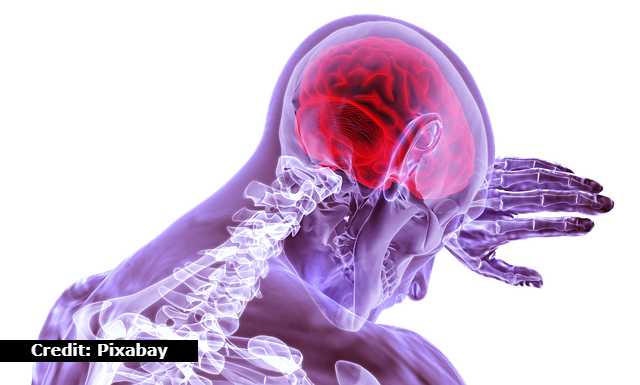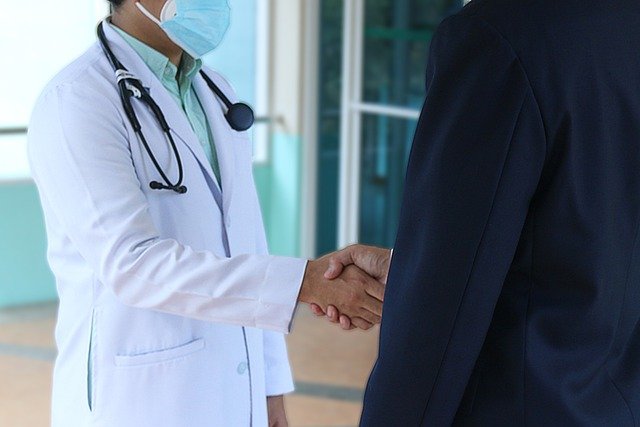A migraine is a headache that usually affects one side of the head and causes extreme throbbing pain or a pulsing sensation. According to Dr. Gurneet Sawhney, India’s most excellent neurosurgeon, it’s commonly accompanied by nausea, vomiting, and excessive sensitivity to light and sound.

With over 14 years of expertise in treating complicated and critical neurosurgical problems, Dr. Gurneet Singh Sawhney is India’s most excellent neurosurgeon. He is an expert in diagnosing, recommending, and performing procedures to treat central and peripheral nerve systems disorders, such as trauma, tumors, vascular conditions, movement disorders, brain or spine infections, congenital anomalies, stroke, or degenerative diseases of the spine.
Dr. Gurneet Singh Sawhney works at Fortis Hospital in Mulund, an accredited hospital with a full-fledged Neurosurgery department. Computer-Assisted Neurosurgery, Frame-Based Stereotaxy, Dedicated X-Knife, and Interventional Neuro are all available at the department. It also has well-equipped ICUs and operating rooms and neuron-specific diagnoses, and a well-trained nursing team.
Patients seeking treatment for brain, spine, and associated illnesses can schedule an online consultation with Dr. Gurneet Singh Sawhney and his team, one of India’s leading neurosurgeons. When patients opt to come to India for treatment, they are offered various services, including visa applications, ticket bookings, airport transfers, and hotel accommodations for the patient and any accompanying family members or attendants. Patients can also request early meetings with treating doctors and hospital admission based on their preferences and travel plans.
Food cravings, exhaustion or poor energy, melancholy, hyperactivity, irritability, or neck stiffness can all occur one to two days before the headache develops, which is known as the prodrome stage, according to him. Migraine headaches are characterized by acute throbbing pain or a pulsating sensation on one side of the head. They can be accompanied by nausea or vomiting and high sensitivity to light (photophobia) and sound (phonophobia).
Although there is no cure for migraine, there are various options for managing pain and preventing attacks, including over-the-counter pain medications such as ibuprofen and aspirin, prescription medication, and lifestyle changes such as:
- aerobic activity
- yoga
- dietary modifications
- stretching
- relaxation
- good sleeping habits
- sufficient hydration
Here, we’ll talk about how exercise affects migraines, how to exercise safely, and what to do if you have a migraine while exercising.
How exercise can help migraine sufferers lower the frequency and severity of their attacks.
If migraine discomfort interferes with your life, you might want to try exercising to manage your symptoms and reduce the frequency of attacks. While the evidence is conflicting, some evidence suggests that mild to moderate aerobic activity should be included in a migraine treatment strategy.

The neurosurgeon examined the effectiveness of exercise, relaxation, and medication in preventing migraine attacks. The activity was found to be the source of the most significant reduction in assaults.
In addition, regular aerobic activity has been linked to a reduction in migraine attacks. Endorphins are a type of natural pain reliever that is released during exercise.
In addition, the Indian neurosurgeon believes that aerobic workouts such as cycling and walking are preferable to high-intensity muscle-building activity for migraine sufferers.
1. How to Workout Safely
It’s crucial to observe a few safety precautions before, during, and after physical activity to avoid headaches.
Suppose your migraine headaches, another chronic health condition, or medications you’re taking may have harmful side effects when mixed with exercise. In that case, it’s also a good idea to acquire permission from your doctor.
2. Fuel up
1 to 4 hours before exercise, have a snack or a small meal. Carbohydrates, with a small quantity of protein and fat, should make up this pre-workout meal. For instance, berries with Greek yogurt or a peanut butter and banana sandwich. It’s also crucial to eat something after your workout. Following exercise, eat a light meal with carbohydrates and protein.
3. Keep yourself hydrated.
Hydration with water before, during, and after physical activity is essential for overall health and migraine prevention. Consider hydrating with a sports drink if you’re doing endurance activities that last longer than an hour.
4. Warm-up and cool-down exercises
Warm-up for at least 3 to 5 minutes before beginning any physical activity. According to India’s most excellent neurosurgeon, try walking, jogging in place, dynamic stretching, or a reduced version of the training you intend to do. Allow 5 minutes at the end of each session for easy extension and a chance to lower your blood pressure and pulse rate.

5. Choose the appropriate activities.
You might notice that certain hobbies cause more incredible headaches than others. The good news is that aerobic exercise is linked to fewer migraine occurrences each month. This includes the following:
- walking
- cycling
- jogging
- yoga
- stretching







